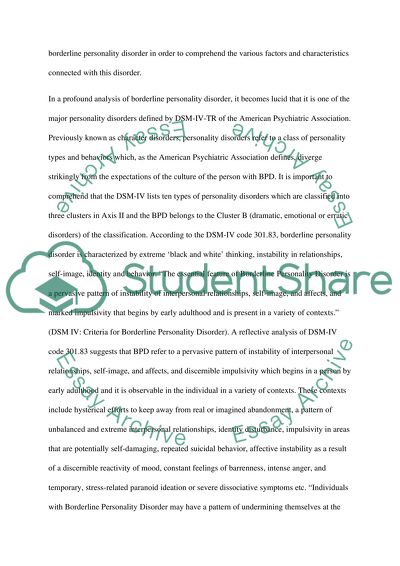Cite this document
(Borderline Personality Disorder: Theory and Practice Essay, n.d.)
Borderline Personality Disorder: Theory and Practice Essay. Retrieved from https://studentshare.org/psychology/1513782-borderline-personality-disorder-theory-and-practice
Borderline Personality Disorder: Theory and Practice Essay. Retrieved from https://studentshare.org/psychology/1513782-borderline-personality-disorder-theory-and-practice
(Borderline Personality Disorder: Theory and Practice Essay)
Borderline Personality Disorder: Theory and Practice Essay. https://studentshare.org/psychology/1513782-borderline-personality-disorder-theory-and-practice.
Borderline Personality Disorder: Theory and Practice Essay. https://studentshare.org/psychology/1513782-borderline-personality-disorder-theory-and-practice.
“Borderline Personality Disorder: Theory and Practice Essay”, n.d. https://studentshare.org/psychology/1513782-borderline-personality-disorder-theory-and-practice.


